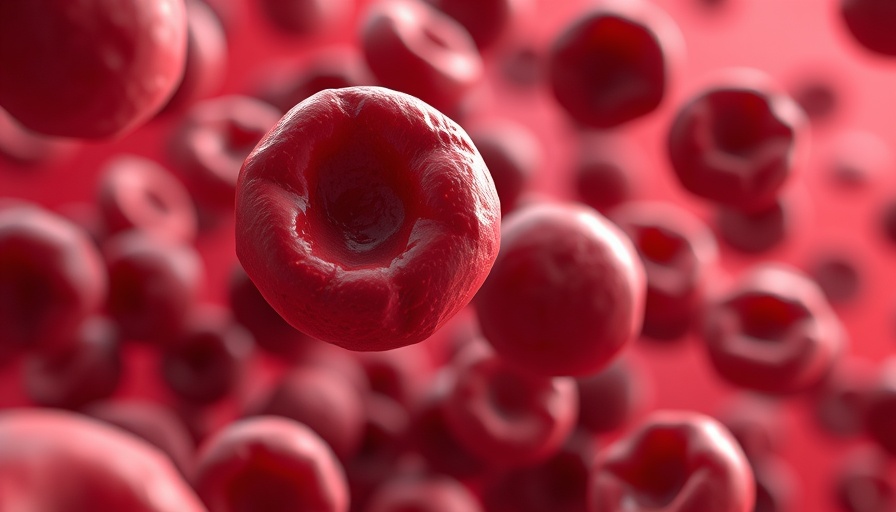
Understanding Sickle Cell Disease Across India
In recent years, as health initiatives surge across India, the alarming statistic of 6 crore (60 million) individuals screened for sickle cell disease has emerged. This significant public health effort represents a critical step toward identifying and treating this inherited blood disorder, which affects millions and poses severe health risks. Sickle cell disease (SCD) can lead to pain crises, fatigue, and severe complications when untreated. Sickle cells can block blood flow, leading to organ damage and even life-threatening emergencies.
States Take Action: The Surge in Screening Efforts
States across the nation are embarking on an aggressive strategy to enhance sickle cell screening and awareness. With tribal populations being particularly affected by this genetic disorder, states have taken practical approaches tailored to regional needs. Initiatives include collaboration with local health outreach programs, training healthcare providers, and leveraging technological advancements in diagnostic testing.
Technological Innovations: Revolutionizing Disease Detection
Emerging technologies play a crucial role in the fight against sickle cell disease. Genetic screening tools have advanced considerably, allowing for quicker and more accurate testing processes. Mobile health applications and telemedicine have made it easier for individuals in rural communities to access screening services. With the use of artificial intelligence in medical diagnostics, risk assessment for sickle cell disease can now occur at an unprecedented scale, catching cases early before they escalate into more serious conditions.
Future Predictions: What’s Next for Sickle Cell Initiatives?
The momentum toward comprehensive screening and treatment of sickle cell disease promises a brighter future. Experts predict that with continued awareness campaigns and educational programs, the stigma surrounding this disease will diminish, leading to increased screening participation. The Indian government has already taken considerable steps to integrate sickle cell disease into the national health agenda, aiming to set a precedent for future public health policies that prioritize genetic conditions.
The Role of Community and Support Networks
Communities have vital roles in the ongoing narrative of sickle cell disease management. Support groups led by patients and their families can provide critical resources and emotional aid. Encouraging open discussions about sickle cell disease not only raises awareness but also fosters inclusivity, empowering those affected to seek out the necessary screening and treatment options.
Common Misconceptions: Breaking Down Barriers
Historically, misconceptions have surrounded sickle cell disease that hindered awareness and treatment efforts. Myths, such as the belief that only individuals of African descent possess the sickle cell trait, have perpetuated misunderstanding. Through targeted educational campaigns, these myths are gradually dispelled, helping create a more informed populace that understands the implications of sickle cell disease and the importance of screening.
The Emotional Impact: Real Stories
Personal narratives are powerful in illustrating the real impacts of sickle cell disease. Families facing this challenge often encounter physical, emotional, and financial hardships. Sharing these stories publicly can catalyze community support and encourage individuals to advocate for essential healthcare services, leading to a communal approach to combat the effects of this condition.
Conclusion: Your Role in This Health Initiative
As India shifts gears towards combating sickle cell disease through extensive screening and education, every individual's participation becomes imperative. Engaging in discussions around sickle cell, advocating for local health resources, and supporting community initiatives are all vital steps that can lead to significant strides in improving health outcomes. If you or someone you know is at risk, now is the time to prioritize screening and join in the movement to conquer this disease.
 Add Row
Add Row  Add
Add 




Write A Comment